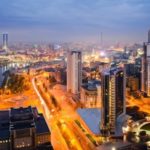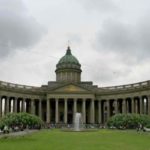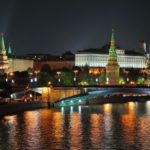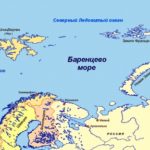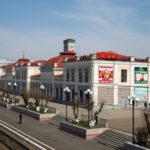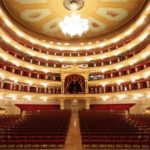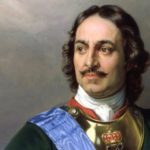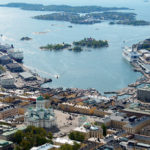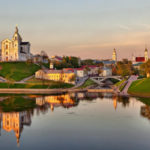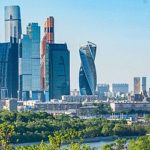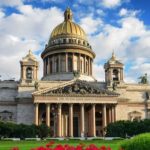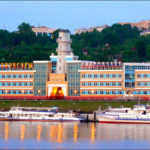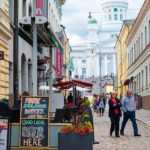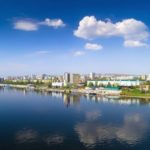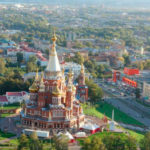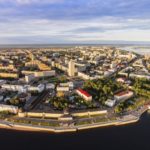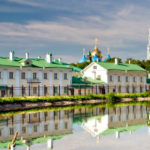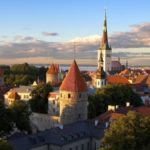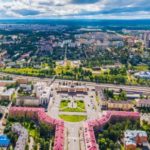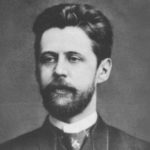Facts about St. Petersburg
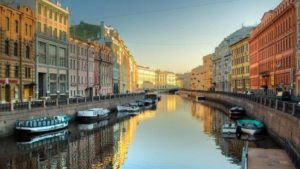 Magnificent St. Petersburg is not without reason called both the “Northern Capital” and the “Northern Venice”, while always emphasizing its geographical location. It was, is, and remains the cultural center of Russia, and for a long time Petersburg served as the capital of the Russian Empire. More foreign tourists come here every year than even to Moscow.
Magnificent St. Petersburg is not without reason called both the “Northern Capital” and the “Northern Venice”, while always emphasizing its geographical location. It was, is, and remains the cultural center of Russia, and for a long time Petersburg served as the capital of the Russian Empire. More foreign tourists come here every year than even to Moscow.
In the past, he bore the names “Petrograd” and “Leningrad”.
Contrary to popular belief, St. Petersburg was not named in honor of its founder, Peter I, but in honor of its patron Saint Peter (facts about Peter I).
In terms of population, it is about 2.5 times inferior to Moscow.
Nevertheless, about as many people live in St. Petersburg as in all of Denmark.
Before the revolution, the Botanical Garden on Aptekarsky Island was used to grow medicinal herbs that met the needs of local doctors.
The Hermitage holds about 3 million exhibits. To inspect them all, spending only a minute each, it will take about 8 years of continuous inspection.
The famous Alexander Column on Palace Square, erected in honor of the victory over Napoleon, weighs 700 tons at an altitude of 47.5 meters.
Located in St. Petersburg, St. Isaac’s Cathedral is the largest in Russia in size and fourth in the world. On the gilding of its domes took about 100 kg of gold.
Near the city is located not less famous Peterhof. The local ensemble of 173 fountains is recognized by UNESCO World Cultural Heritage.
The St. Petersburg metro is the deepest in the world. The average depth is about 80 meters below the surface of the earth. Here is the longest escalator – as much as 150 meters, or 729 steps. But at the same time, the deepest metro station in the world (120 meters under the ground) is located in Pyongyang, the capital of North Korea (facts about North Korea).
There are more trams here than in any other city in the world. The total length of tram tracks exceeds 600 kilometers.
About 10% of the total area of St. Petersburg falls on reservoirs – rivers, ponds and lakes.
In one of the St. Petersburg museums are stored the world’s largest solid piece of malachite, weighing more than 1.5 tons.
Before the foundation of the city, about 40 small settlements were located on this territory.
Throughout the first half of the 19th century, smoking was prohibited on the streets of St. Petersburg. The ban was due to the fact that most of the houses were built of wood, and fires were not uncommon.
In the US, 15 cities are called “St. Petersburg”.
In honor of the northern capital, a planetoid discovered in 1968 was named. True, it is called “Leningrad” – the celestial body, unlike the city, did not rename.
Every day, about 2 million people walk along Nevsky Prospect.
The Hermitage, numbering 350 halls, is the largest museum in the world.
The first bookstore in St. Petersburg began working in 1714. At the same time, the first post office opened.
Some streets here are located on the site of the former rivers and canals that were filled up. For example, Ligovsky prospect and Tsiolkovsky street.
93 rivers and canals with a total length of about 300 kilometers flow through St. Petersburg.
And in the northern capital of about 800 bridges.
Petersburg is included in the 20 most visited cities in the world.
There are about 700 hotels in the city.
St. Petersburg has twin cities on all continents. In addition to Antarctica, of course.
The only lion sculpture in the whole city is located on one of the gables of the colonnade of St. Isaac’s Cathedral. It is small, and is at a 30-meter height, so it is not easy to see it.
Monument to Nicholas I, sitting on a horse, located on St. Isaac’s Square in St. Petersburg. It is unique in that it is the only monument in the world that has only two points of support.
Due to the huge amount of heat emitted by the city and its inhabitants, in winter it is 8-10 degrees warmer here than outside the city limits.
The famous bridges of St. Petersburg are divorced and reduced twice per night.
Repin Street, just 6 meters wide, is the narrowest in the city.
The shortest street is Kokushkin Lane. It is only 30 meters long.
The facades of the Mikhailovsky Castle are different, 4 sides – 4 styles. This was done intentionally to highlight the architectural diversity of the city.
Until 1900, Suvorovsky Avenue wore the name Elephant Street. It really contained elephants, presented to the emperor by the Shah of Persia.
The first asphalt on the streets of St. Petersburg appeared in the distant 1839.
